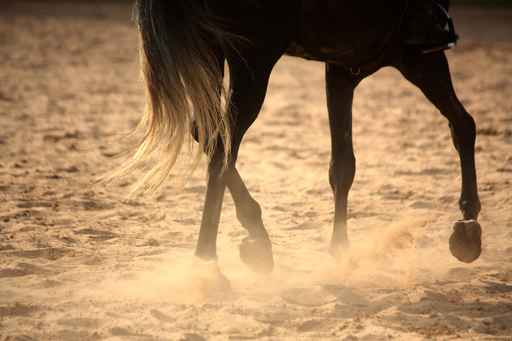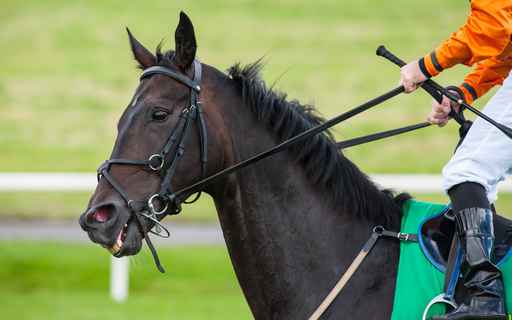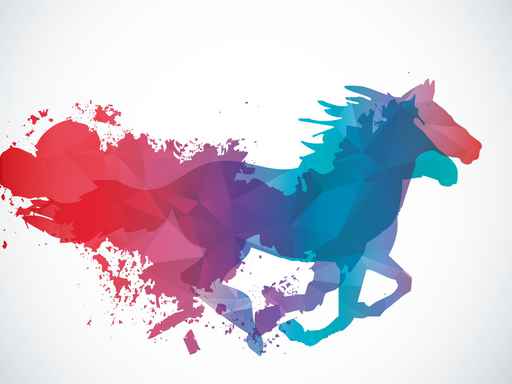The most controversial horse racing incident in America must be the hoo ha involving Sinbad The Sailor and his jockey Dirk ’the Long’ Johnson . Sinbad was the first colt to win the Triple Crown after Secretariat did in 1973. His regular jockey Dirk ‘the Long’ Johnson nearly did not get to ride Sinbad in the final leg of the Triple Crown, the Belmont Stakes, because of the incident. Sinbad The Sailor had won the Kentucky derby by a nose, and, then, followed that up with an all the way three lengths win in the Preakness Stakes.
Sinbad’s owners, Ben and Letty McGurt, were required to pay a late entry fee into the Preakness, because the horse had not been initially nominated for the event. The colt’s trainer was Jack Raisin, who trained the 5 YO out of El Paso, Texas. Sinbad had not raced earlier in his career due to a host of tendon injuries; most thought that the horse was a dud and would never make it as a racehorse. Jack Raisin brought in Jimmy Laughing Bones, a well known American Indian horse whisperer, to see if he could heal the colt and get him performing on the race track.
Well, the history tells us that Jack and Jimmy brought that horse back like Lazarus from his deathbed and he won those races to be immortalised as a legend. However, it is Dirk ‘the Long’ Johnson who is infamously remembered for his taste in tall escorts; one who just happened to be the Belmont Park steward’s daughter. When Dirk was caught with his pants down in the mounting yard with Lucy Van Kut there was an immediate inquiry into the matter. Dirk was found to have brought the industry into disrepute and was suspended prior to the Belmont Stakes.
It was only through the intercession of the Senator for Texas, Lorne Green, that Dirk ‘the Long’ Johnson was given a stay of proceedings and allowed to pilot Sinbad The Sailor to victory in the Belmont Stakes. Dirk’s hand on the whip was hardly needed, as the colt they called ‘Sin’ saluted by four lengths to win the Triple Crown. It was, unfortunately, the last time “Sin’ ever raced, and he was shortly after put down; the tendons had bowed for the final time. Dirk Johnson, however, went on to bigger and bigger things; and a statue of Dirk has been erected near the mounting yard in old El Paso. This was the greatest USA horse racing controversy ever.


